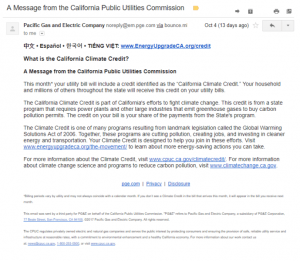
What is priming? Well, it’s a strategy used to influence people’s behaviour, one that has been studied in depth. The technical aspect of it is summarised as ‘an implicit memory effect in which exposure to one stimulus influences the response to another stimulus.’ Basically, priming means that you can take an implicit, i.e. not fully conscious, memory or association and use that to have an influence on a later response. Take this picture of a camel:

You can draw it because you have an implicit idea of what it should look like.
One of the most famous studies of priming was done in 1996 by John Bargh and is hotly debated.
Participants were primed with words that people associate with elderly people, like retired, selfishly, rigid, bingo, courteous, old, lonely, grey, careful, sentimental, dependent, wise, stubborn, wrinkle, traditional, conservative, knits, ancient. The control group were given neutral words. Upon leaving the experiment, the first group left much more slowly and carefully – like they were themselves elderly!
Another study showed that participants that were primed with words associated with rudeness suddenly became much more likely to interrupt the examiner. Weird, huh?
So how can priming help you with conversions? There are three ways which priming will help you with your user experience, leading to increased conversions.
- No accidental negative associations.
You can accidentally trigger a negative association in your user. For example, a coupon code box on your payment page can throw a customer out of the sales funnel as they then go around looking for a coupon. Now you have cart abandonment.
Another issue can be trigger words such as ‘spam’. If you promise not to send spam on the page where you are getting people to sign up to your newsletter, then you are putting that thought into their heads. They suddenly think maybe you will send them spam because you brought it up.
- Priming for prototypicality and expected experience.
First impressions count for a lot. You need to think carefully about the words and images that you use on your web pages. Lots of people have preconceived ideas about what websites should look like. For example, your local curry house probably has a simple site with lots of stock pictures of sizzling meats and tasty food along with a menu which opens into a PDF section. I’m just picturing this – but that’s because I have a preconception of what the site should look like. It’s sort of like Plato’s cave of shadows but for websites. Your site should fit into this prototype of what a website should look like for your sector or industry.
- Priming for desired user action.
Images can be used to help prime user actions. For example, a mobile shopping app might have some onboarding walkthrough images which explain app features. One page may show how to get to the categories section, with an image of a doodled smartphone – just an illustration you might think, but actually, when the user gets to the categories screen, they click straight through onto electronics, for example.
Remember, priming isn’t magic and you’re probably not Derren Brown. However, it could be one of the most powerful tools you use in your user experience strategy.
Business & Finance Articles on Business 2 Community(60)







